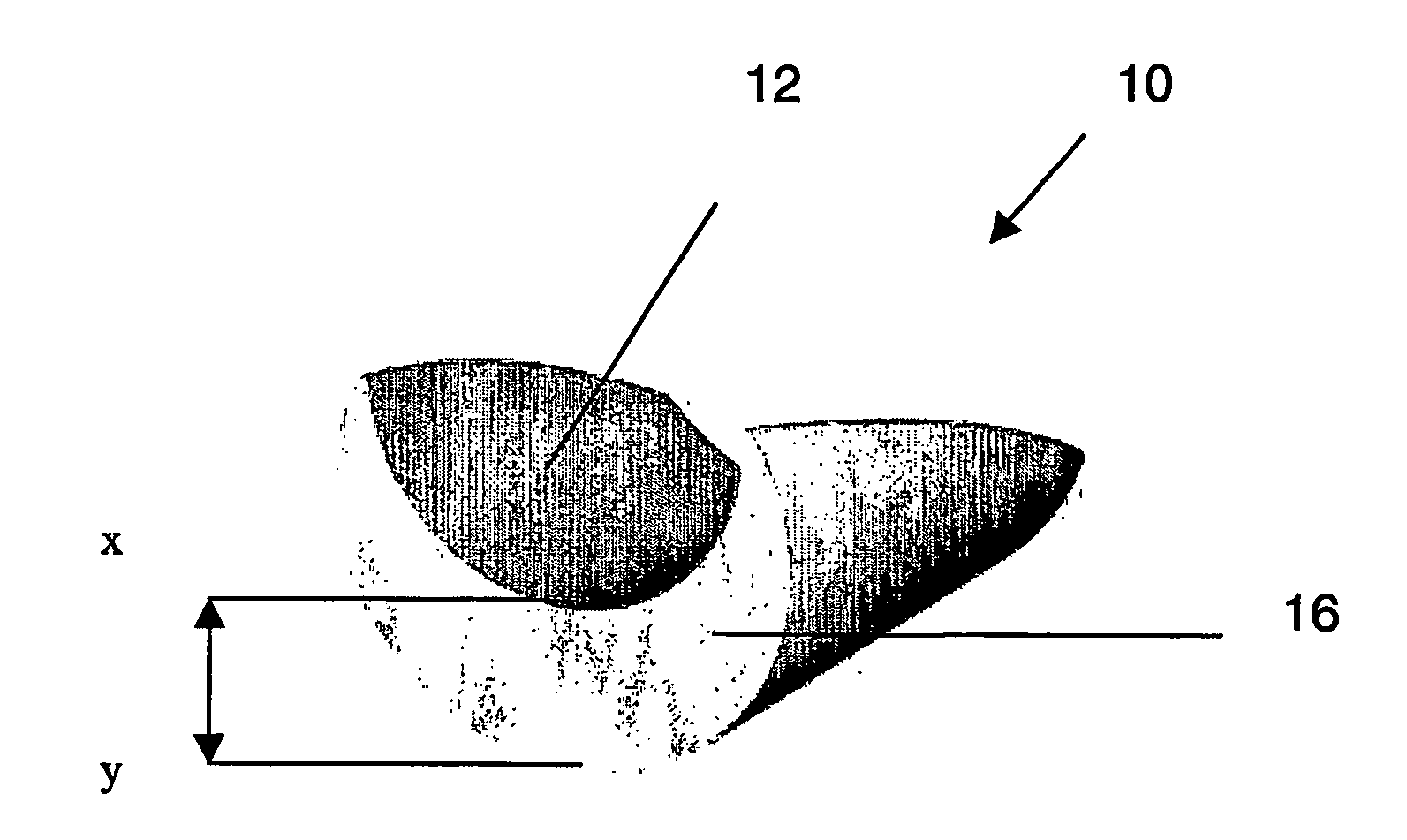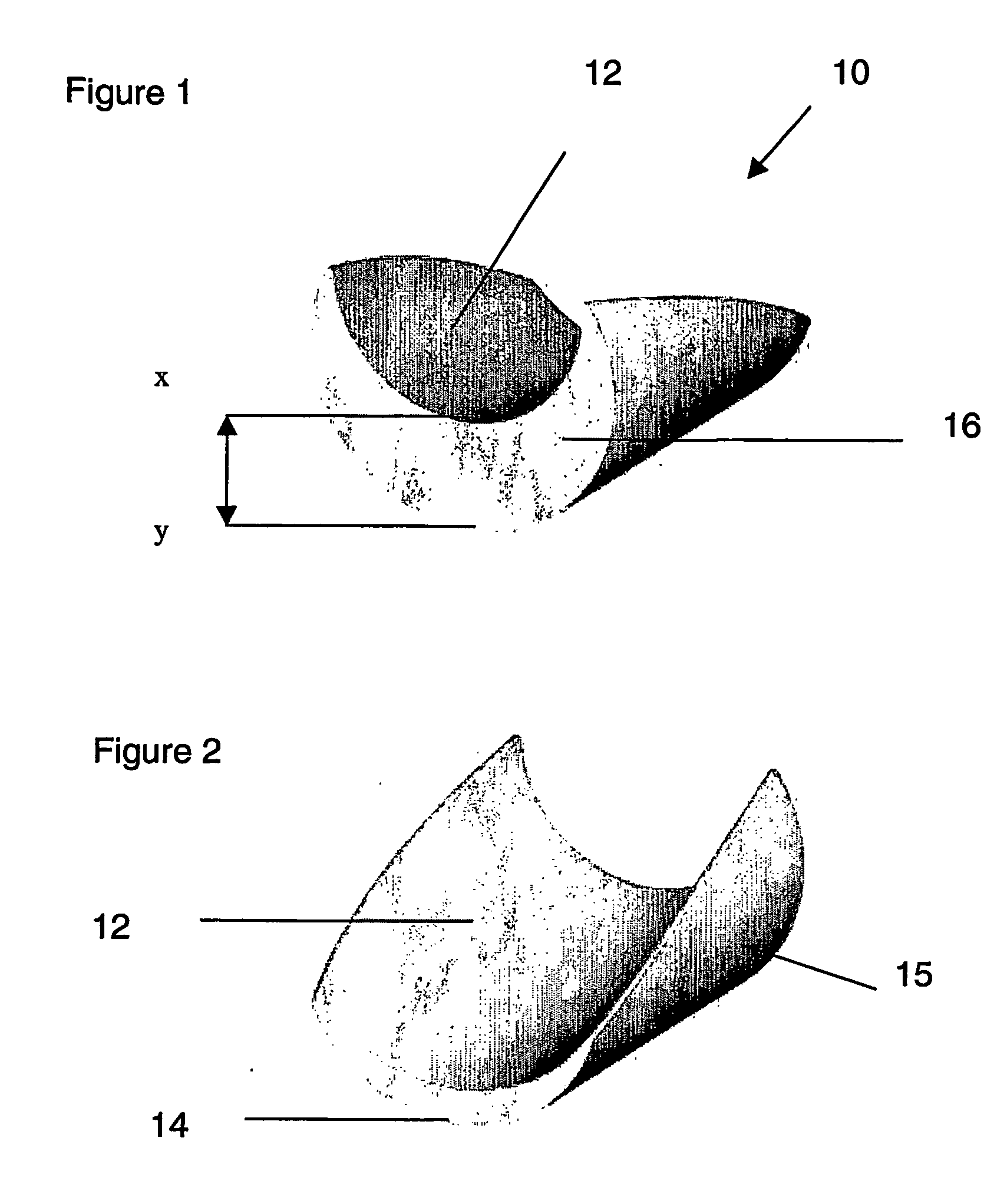Hernia prosthesis
a prosthesis and hernia technology, applied in the field of prosthesis, can solve the problems of significant gaps between the prosthesis and the surrounding tissue, muscle or organ wall of the opening or defect, and the potential for gaps to be increased, and the effect of preventing the prosthesis from leaking out and leaking ou
- Summary
- Abstract
- Description
- Claims
- Application Information
AI Technical Summary
Benefits of technology
Problems solved by technology
Method used
Image
Examples
Embodiment Construction
[0076] The invention is directed to an implantable prosthesis for repairing or resisting the formation of bodily hernia, in particular to plug or stop any aperture in the body in which a structure is required to pass through or adjacent to the aperture. For example, the prosthesis may be used to plug the inguinal canal or the femoral canal. In these embodiments, provided by way of example only, the prosthesis has a channel through which an anatomical structure, such as a spermatic cord or femoral vein, may pass without substantial compression of the anatomic structure.
[0077] As shown in FIGS. 1 and 2, in one embodiment, the prosthesis 10 is a truncated cone having a first end 14 and a second end 16, wherein the diameter of the first end is less than the diameter of the second end 16, and an outer conic surface 15 extends between the ends. An inner surface 12 forming a channel is defined by a substantially scalloped portion removed from the outer surface of the truncated conical pro...
PUM
 Login to View More
Login to View More Abstract
Description
Claims
Application Information
 Login to View More
Login to View More - R&D
- Intellectual Property
- Life Sciences
- Materials
- Tech Scout
- Unparalleled Data Quality
- Higher Quality Content
- 60% Fewer Hallucinations
Browse by: Latest US Patents, China's latest patents, Technical Efficacy Thesaurus, Application Domain, Technology Topic, Popular Technical Reports.
© 2025 PatSnap. All rights reserved.Legal|Privacy policy|Modern Slavery Act Transparency Statement|Sitemap|About US| Contact US: help@patsnap.com



